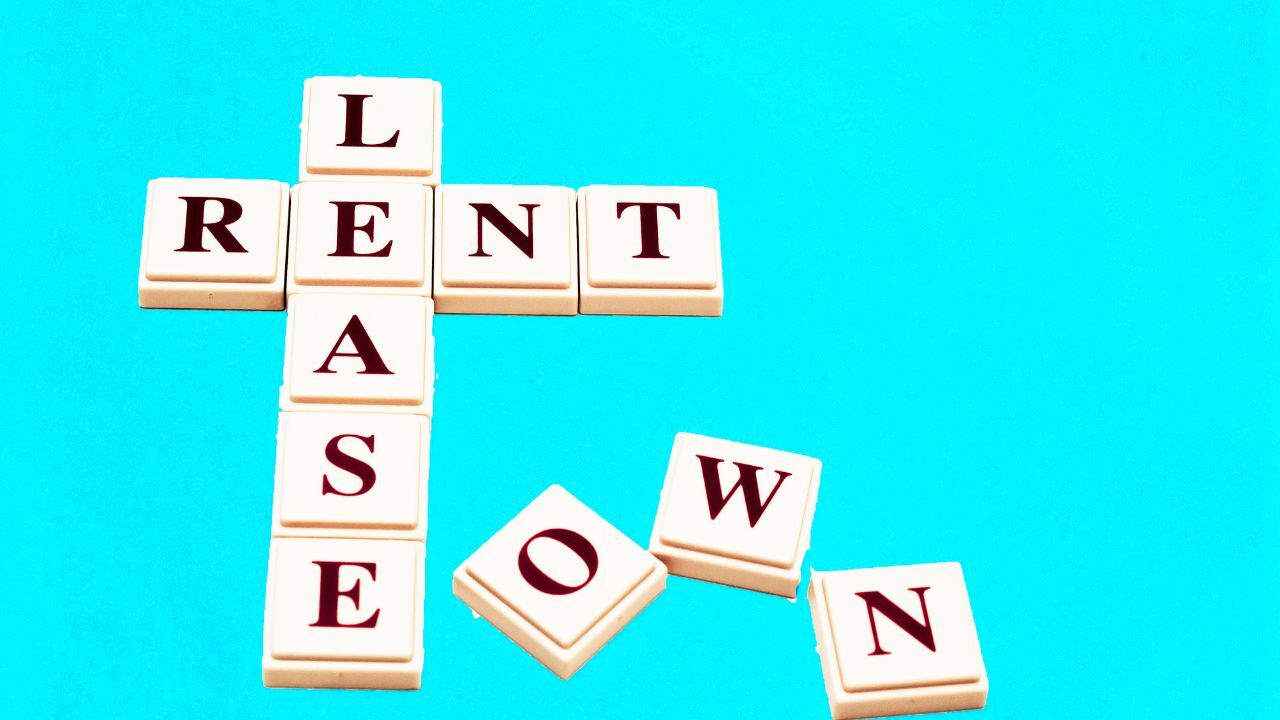 Moving day can be exciting, but it often comes with a lot of stress and unexpected challenges. Whether you are moving across town or to a new city, careful planning and organization are key to keeping the day running smoothly. With the right approach, you can reduce anxiety and make your move a positive experience.
Moving day can be exciting, but it often comes with a lot of stress and unexpected challenges. Whether you are moving across town or to a new city, careful planning and organization are key to keeping the day running smoothly. With the right approach, you can reduce anxiety and make your move a positive experience.
Plan Ahead and Create a Checklist
Start by making a detailed moving checklist weeks before your move. Include tasks such as scheduling movers, packing, transferring utilities, and updating your address. Breaking down the process into manageable steps will help you stay organized and prevent last-minute scrambling.
Declutter Before You Pack
Moving is the perfect time to get rid of items you no longer need. Donate, sell, or recycle belongings to lighten your load. The less you have to pack and move, the easier and less costly your moving day will be.
Pack Smart and Label Boxes Clearly
Use sturdy boxes and pack items by room or category. Label each box with its contents and destination room. This will save time and frustration when unpacking and help movers know where to place boxes in your new home.
Prepare an Essentials Box
Pack a box or bag with essential items you will need right away at your new home. Include things like toiletries, a change of clothes, important documents, snacks, chargers, and basic tools. Having these items easily accessible can prevent unnecessary stress.
Hire Professional Movers or Recruit Help
Decide whether you will hire professional movers or enlist friends and family. Professional movers bring experience and efficiency, but if you choose the DIY route, make sure you have enough strong helpers and equipment like dollies and moving blankets.
Communicate Clearly With Movers
If you hire movers, provide clear instructions about what should be handled carefully or kept separate. Keep important contact numbers handy in case questions arise on moving day.
Take Care of Yourself
Moving is physically and emotionally demanding. Get plenty of rest the night before, stay hydrated, and take breaks as needed during the day. Remember to eat and try to stay positive throughout the process.
Have a Plan for Your Pets and Kids
Moving day can be stressful for children and pets. Arrange for someone to watch them or set up a safe, quiet space away from the chaos. This will help keep everyone calm and make moving easier.
With good planning and the right mindset, moving day can be a smooth transition rather than a stressful event. Taking these steps will help you start your new chapter on the right foot.
 Deciding where to buy a home involves many factors, and proximity to your workplace is often near the top of the list. Living close to where you work can offer convenience and save time, but it also comes with pros and cons to consider. Understanding these can help you make an informed choice that fits your lifestyle and long-term goals.
Deciding where to buy a home involves many factors, and proximity to your workplace is often near the top of the list. Living close to where you work can offer convenience and save time, but it also comes with pros and cons to consider. Understanding these can help you make an informed choice that fits your lifestyle and long-term goals. In today’s competitive real estate market, many buyers are faced with the challenge of competing against cash offers. Cash buyers often have an advantage because their offers are faster, less likely to fall through, and more attractive to sellers. However, not having cash on hand does not mean you cannot succeed. With the right strategies and preparation, you can compete effectively and win your dream home.
In today’s competitive real estate market, many buyers are faced with the challenge of competing against cash offers. Cash buyers often have an advantage because their offers are faster, less likely to fall through, and more attractive to sellers. However, not having cash on hand does not mean you cannot succeed. With the right strategies and preparation, you can compete effectively and win your dream home. Searching for the perfect home can be frustrating when nothing seems to check all your boxes. Whether it is location, price, size, or style, the market may not always have exactly what you want at the moment. The good news is there are creative strategies you can explore to find a home that works for you, even if it is not exactly what you initially imagined.
Searching for the perfect home can be frustrating when nothing seems to check all your boxes. Whether it is location, price, size, or style, the market may not always have exactly what you want at the moment. The good news is there are creative strategies you can explore to find a home that works for you, even if it is not exactly what you initially imagined.
 Buying a home is one of the biggest financial investments you’ll ever make, so it’s important to protect that investment in every way possible. One way to provide protection is by purchasing a home warranty. While not required, a home warranty can offer peace of mind by covering the costs of repairing or replacing essential systems and appliances in the home. Understanding the importance of a home warranty can help you decide whether it’s the right choice for you as a homeowner.
Buying a home is one of the biggest financial investments you’ll ever make, so it’s important to protect that investment in every way possible. One way to provide protection is by purchasing a home warranty. While not required, a home warranty can offer peace of mind by covering the costs of repairing or replacing essential systems and appliances in the home. Understanding the importance of a home warranty can help you decide whether it’s the right choice for you as a homeowner. Investing in real estate is often seen as a venture for those with significant capital, but that’s not always the case. Even with a limited budget, there are still opportunities to enter the real estate market and start building wealth. Whether you’re looking for passive income or long-term gains, here are some strategies to consider for investing in real estate on a budget.
Investing in real estate is often seen as a venture for those with significant capital, but that’s not always the case. Even with a limited budget, there are still opportunities to enter the real estate market and start building wealth. Whether you’re looking for passive income or long-term gains, here are some strategies to consider for investing in real estate on a budget. When buying a home, many factors need to be considered, and one that may not always come to mind right away is the driveway. If you’re looking at a property with a shared driveway, it’s important to understand how this shared space can affect your experience as a homeowner. While a shared driveway can be an attractive feature in some situations, it can also present challenges. Here are some tips to keep in mind when buying a home with a shared driveway.
When buying a home, many factors need to be considered, and one that may not always come to mind right away is the driveway. If you’re looking at a property with a shared driveway, it’s important to understand how this shared space can affect your experience as a homeowner. While a shared driveway can be an attractive feature in some situations, it can also present challenges. Here are some tips to keep in mind when buying a home with a shared driveway. Selling a home through probate can seem complicated, especially when you’re grieving the loss of a loved one. However, understanding the process can help alleviate some of the stress and ensure the sale goes smoothly. Probate is the legal process through which a deceased person’s estate is administered, and it includes the distribution of assets, including real property. If you’re the executor of an estate or a beneficiary, selling a home through probate requires following certain legal steps and working with the right professionals to ensure everything is handled correctly.
Selling a home through probate can seem complicated, especially when you’re grieving the loss of a loved one. However, understanding the process can help alleviate some of the stress and ensure the sale goes smoothly. Probate is the legal process through which a deceased person’s estate is administered, and it includes the distribution of assets, including real property. If you’re the executor of an estate or a beneficiary, selling a home through probate requires following certain legal steps and working with the right professionals to ensure everything is handled correctly.